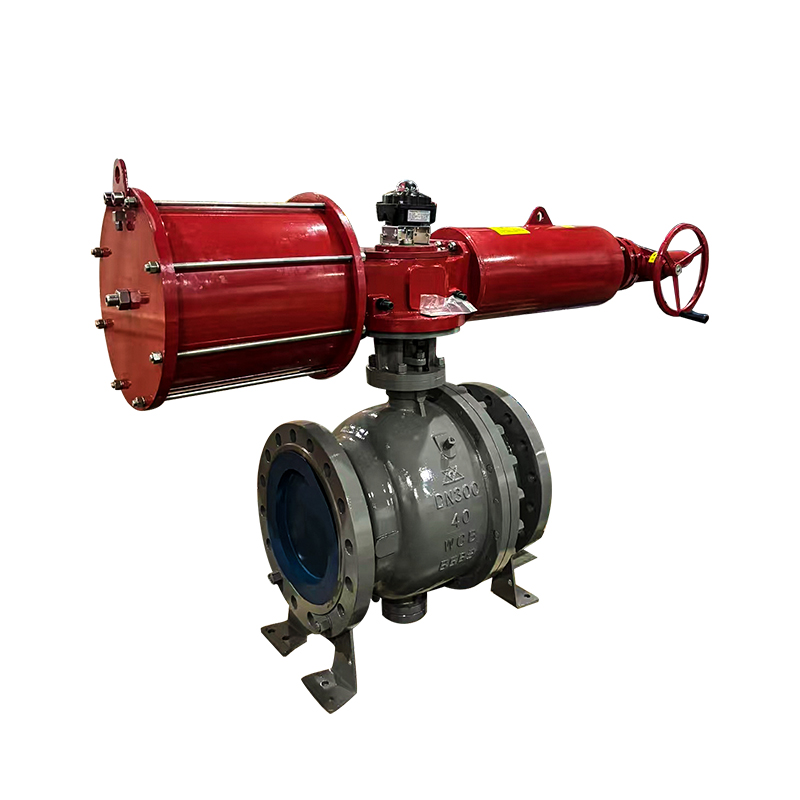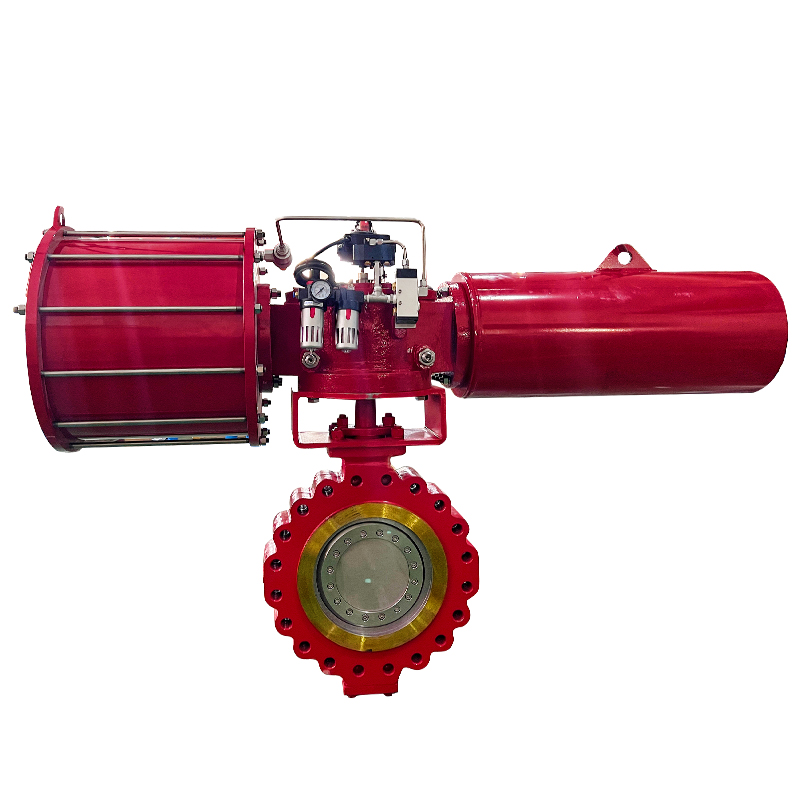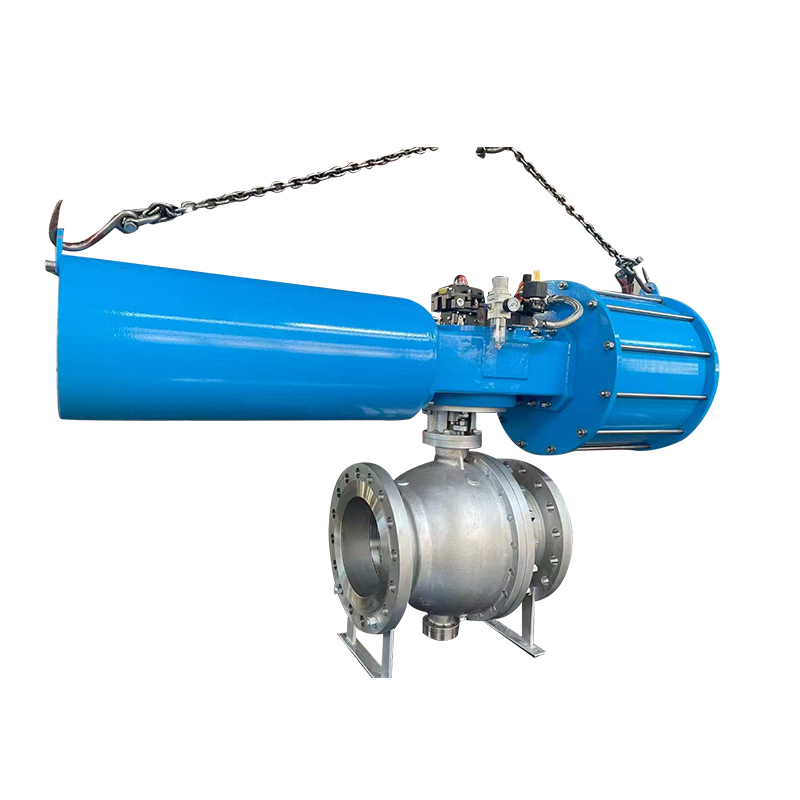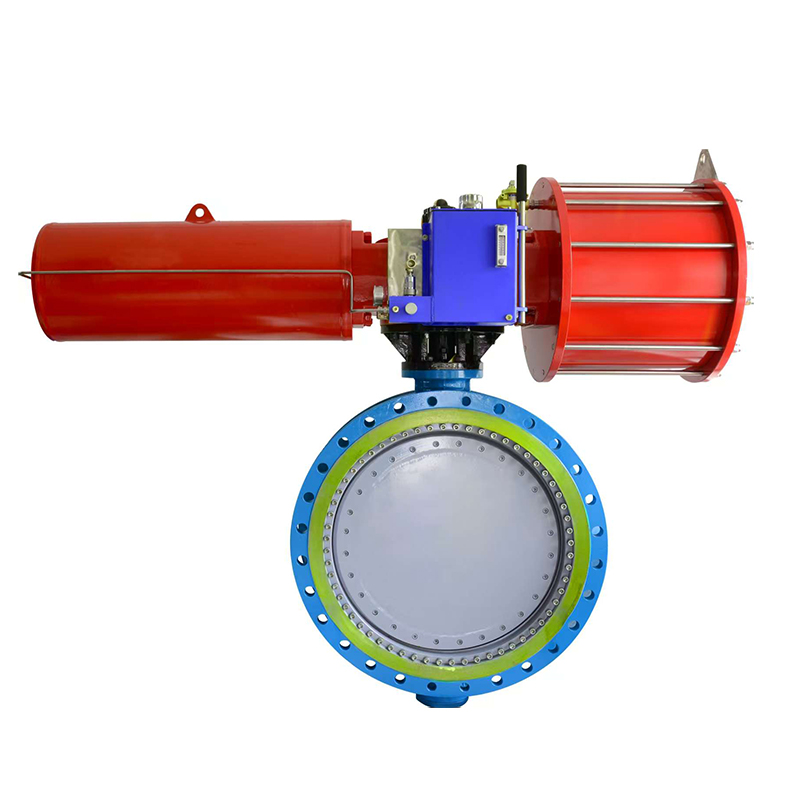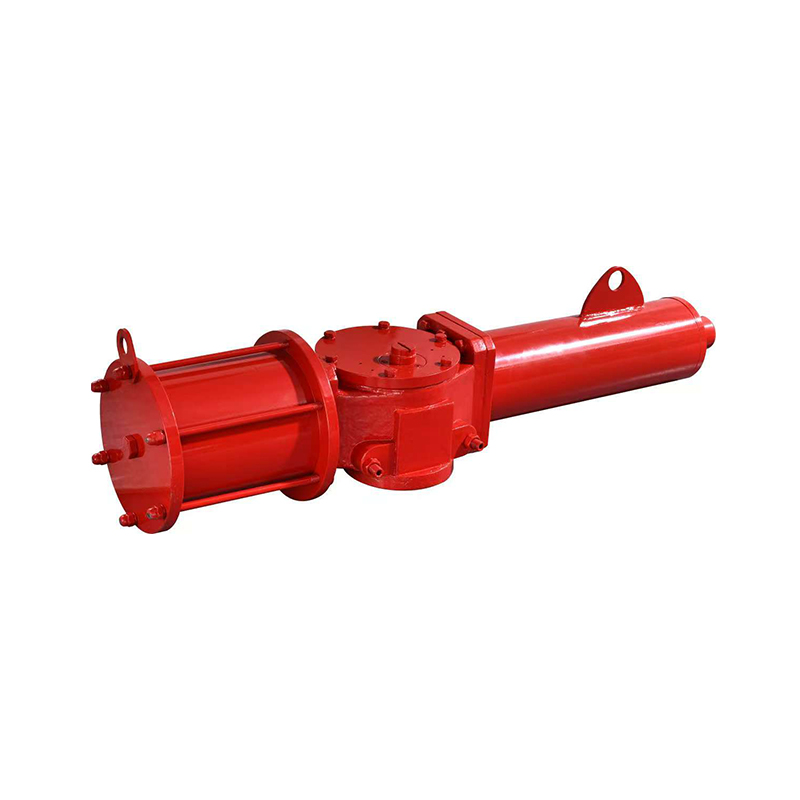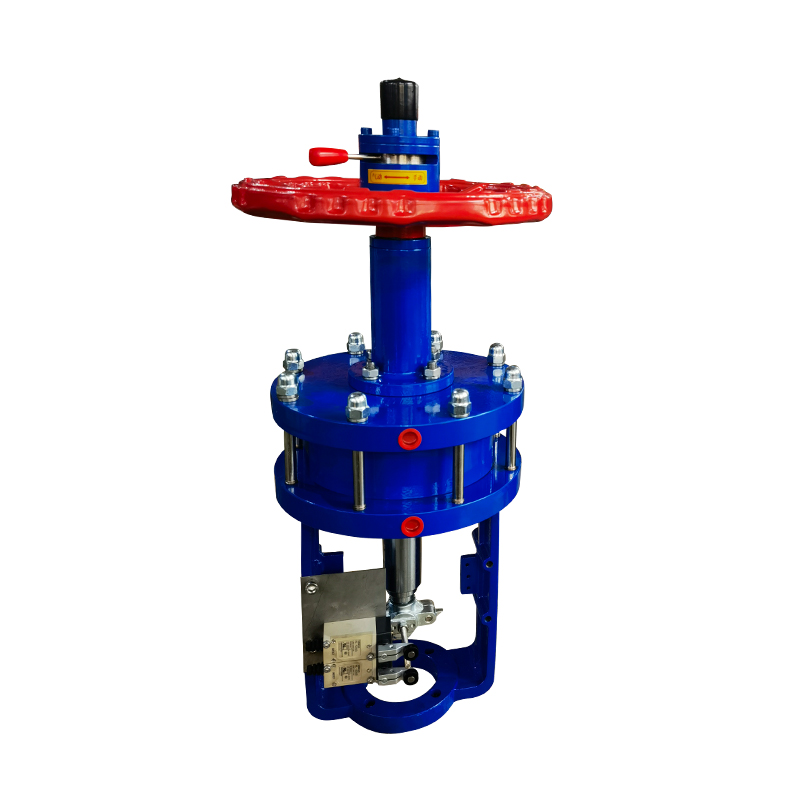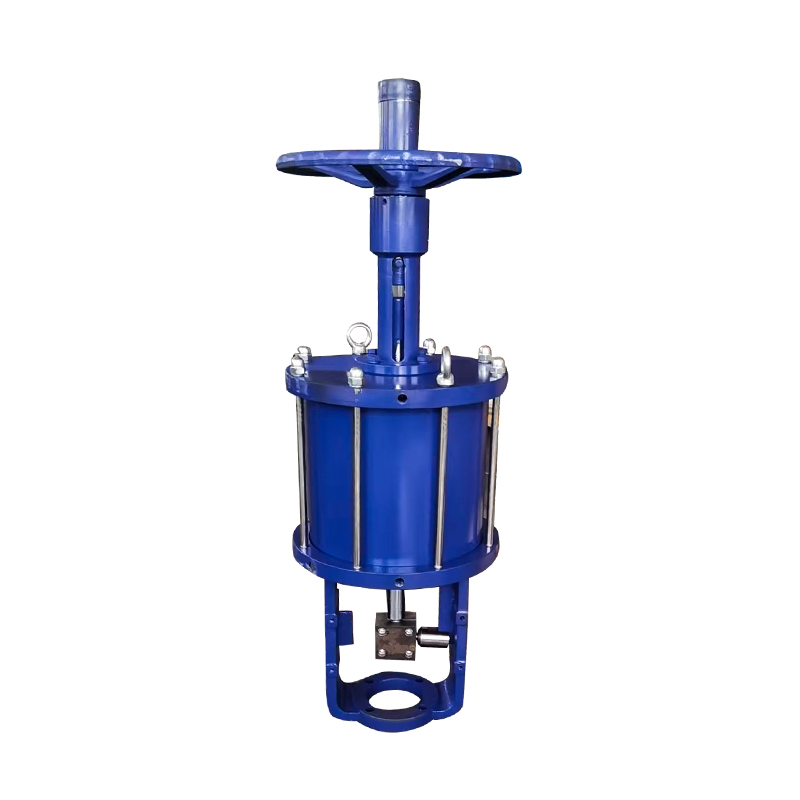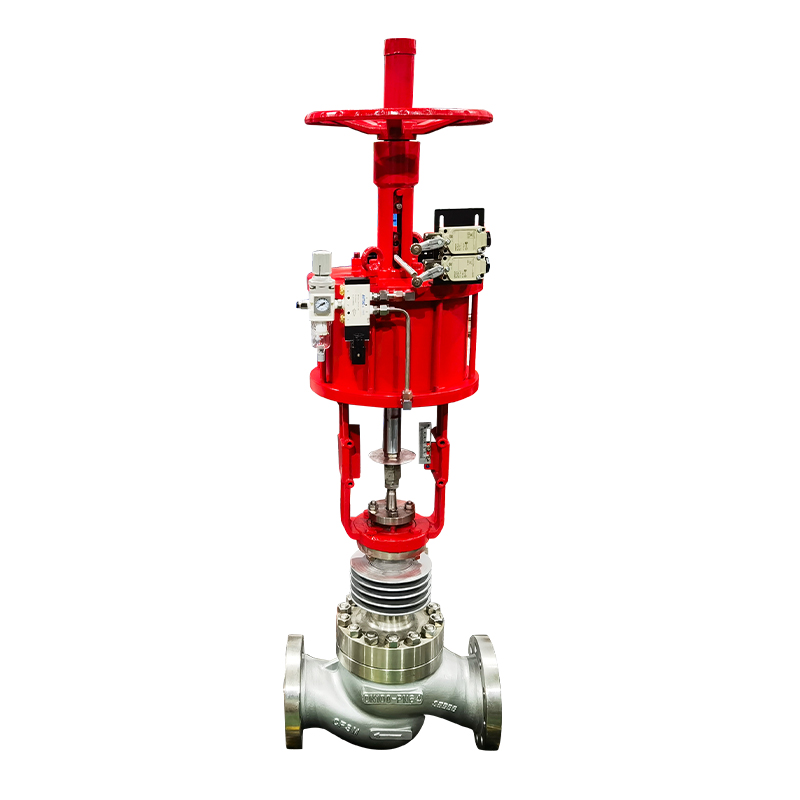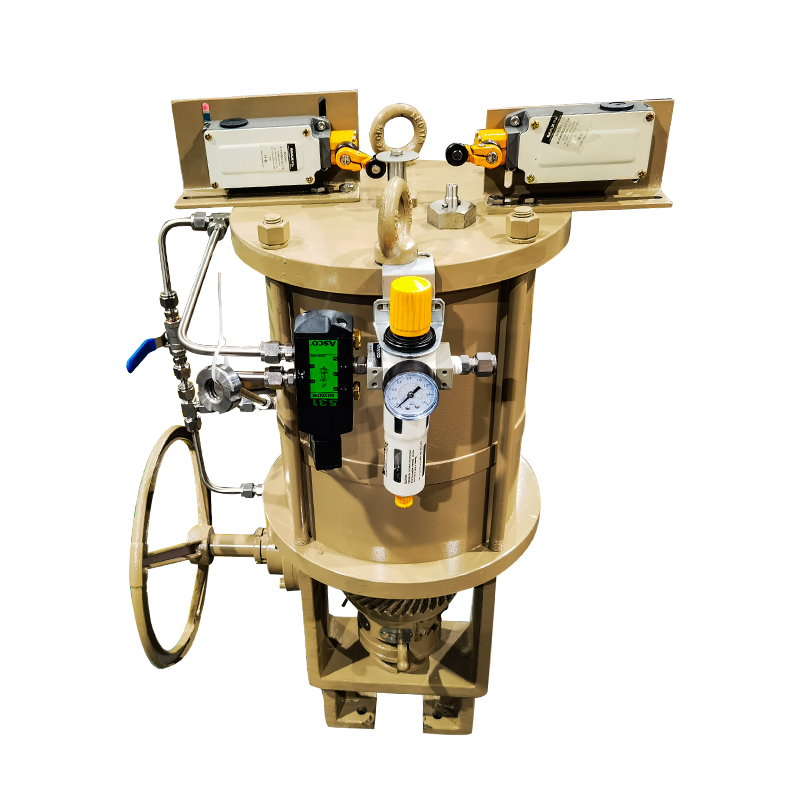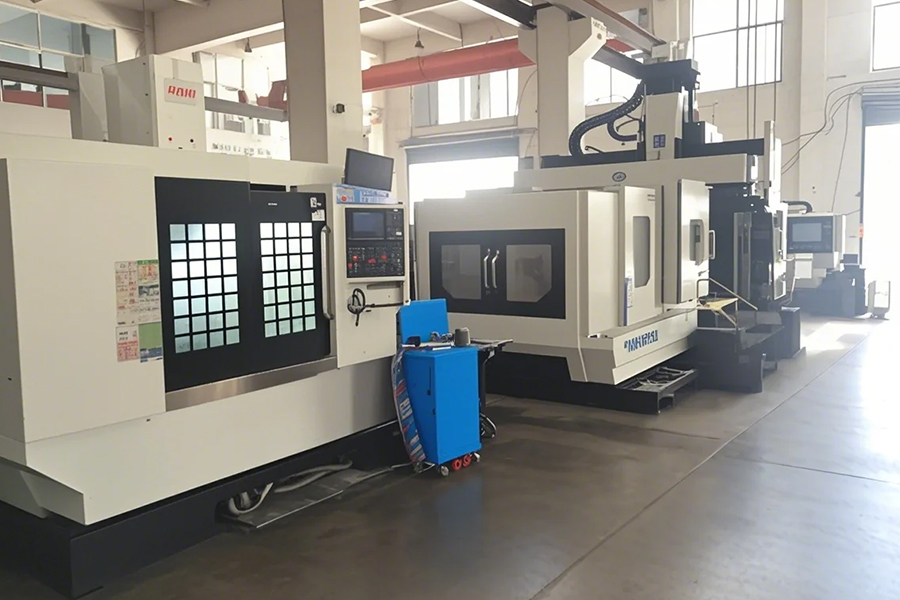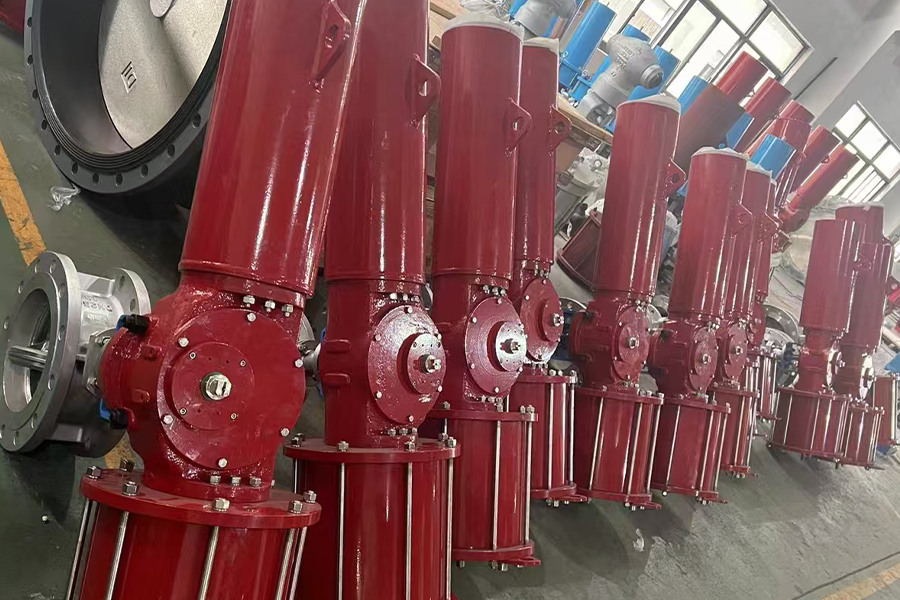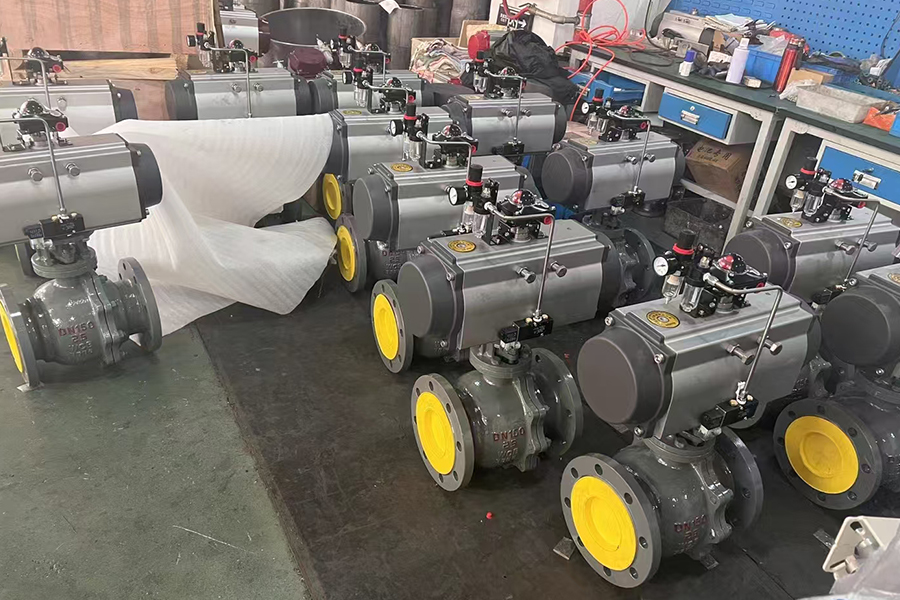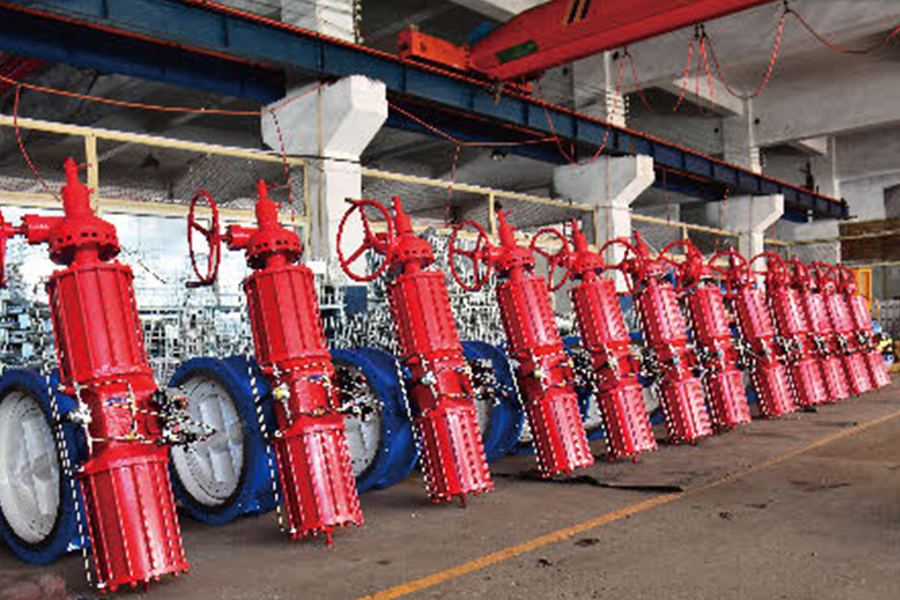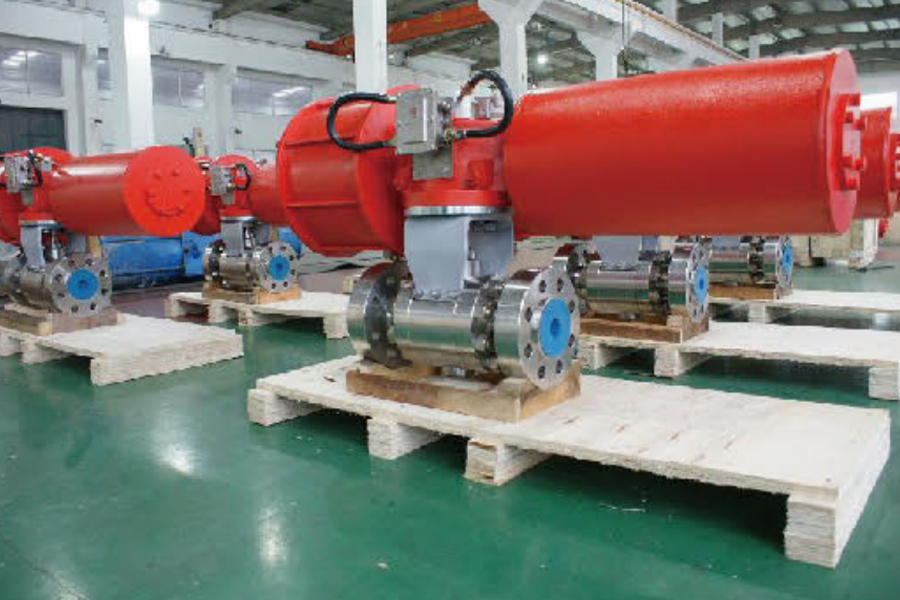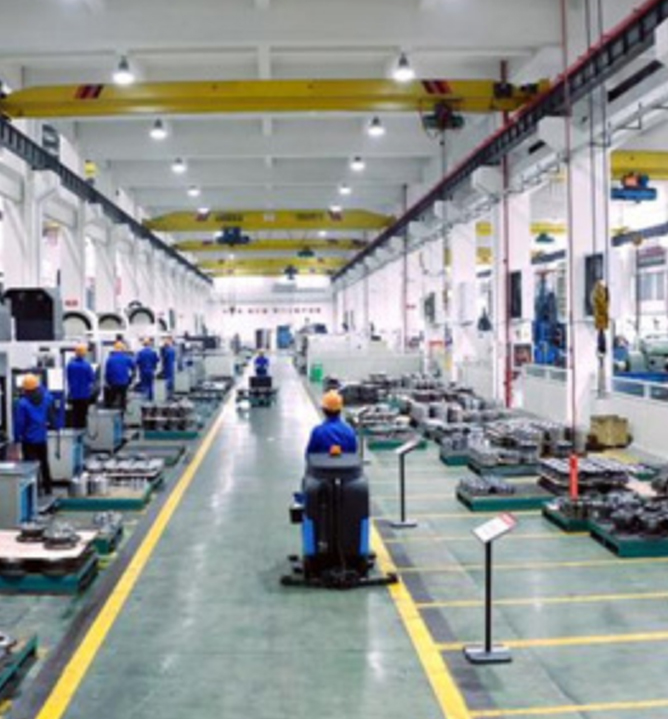
Pneumatic actuators are widely used in various industrial applications for automating valves and other mechanical devices. When considering automation solutions, it is common to compare pneumatic actuators with electric and hydraulic actuators to determine which type best fits specific needs. Each actuator type offers distinct advantages and limitations based on factors such as power source, speed, control, and maintenance. This article explores how pneumatic actuators compare to electric and hydraulic actuators to help users make informed decisions.
Pneumatic actuators use compressed air to create motion, usually rotational or linear, to operate valves or equipment. One of the key benefits of pneumatic actuators is their simplicity and reliability. Because they rely on compressed air, they are less prone to overheating and can operate in hazardous environments where electric actuators may pose a risk. Pneumatic actuators typically provide fast response times and can deliver significant force relative to their size, making them suitable for applications requiring quick actuation.
Compared to electric actuators, pneumatic actuators usually have a simpler design with fewer moving parts, which often results in lower initial costs and easier maintenance. Electric actuators depend on motors and complex electronics, which may require more frequent servicing and can be sensitive to environmental factors such as moisture or dust. On the other hand, electric actuators provide precise control and positioning capabilities through electronic feedback, which pneumatic actuators generally lack without additional control systems.
Hydraulic actuators, like pneumatic ones, use fluid pressure to generate movement but employ incompressible liquids instead of air. Hydraulic actuators can produce much higher forces than pneumatic actuators, making them suitable for heavy-duty industrial applications requiring powerful motion. However, hydraulic systems tend to be more complex, involving pumps, reservoirs, and hoses that demand careful maintenance to prevent leaks and contamination. Pneumatic actuators, by comparison, are cleaner and simpler, since compressed air is readily available and leaks are less problematic.
One of the main differences among these actuators lies in their energy efficiency and control precision. Electric actuators excel in energy efficiency because they use electrical power directly, while pneumatic actuators often lose energy due to air compression and leakage. Hydraulic actuators also consume energy continuously to maintain fluid pressure. When precise control is required, electric actuators offer better positioning accuracy without the need for external devices, whereas pneumatic actuators may need additional valves or sensors to improve control.
Safety and environmental considerations also affect the choice between pneumatic, electric, and hydraulic actuators. Pneumatic actuators are generally safer in explosive or flammable environments because they do not produce sparks and use clean air. Hydraulic actuators may pose environmental risks due to potential fluid leaks, while electric actuators require proper insulation and grounding to prevent electrical hazards.
Pneumatic actuators provide a balance of speed, simplicity, and reliability, making them suitable for many industrial automation tasks. Electric actuators offer superior control precision and energy efficiency but come with increased complexity and maintenance demands. Hydraulic actuators are ideal for applications requiring high force but involve more complex systems and maintenance considerations. Understanding these differences helps users select the appropriate actuator type based on operational requirements, environment, and budget. Pneumatic actuators remain a practical choice in many settings due to their versatility and straightforward design.








